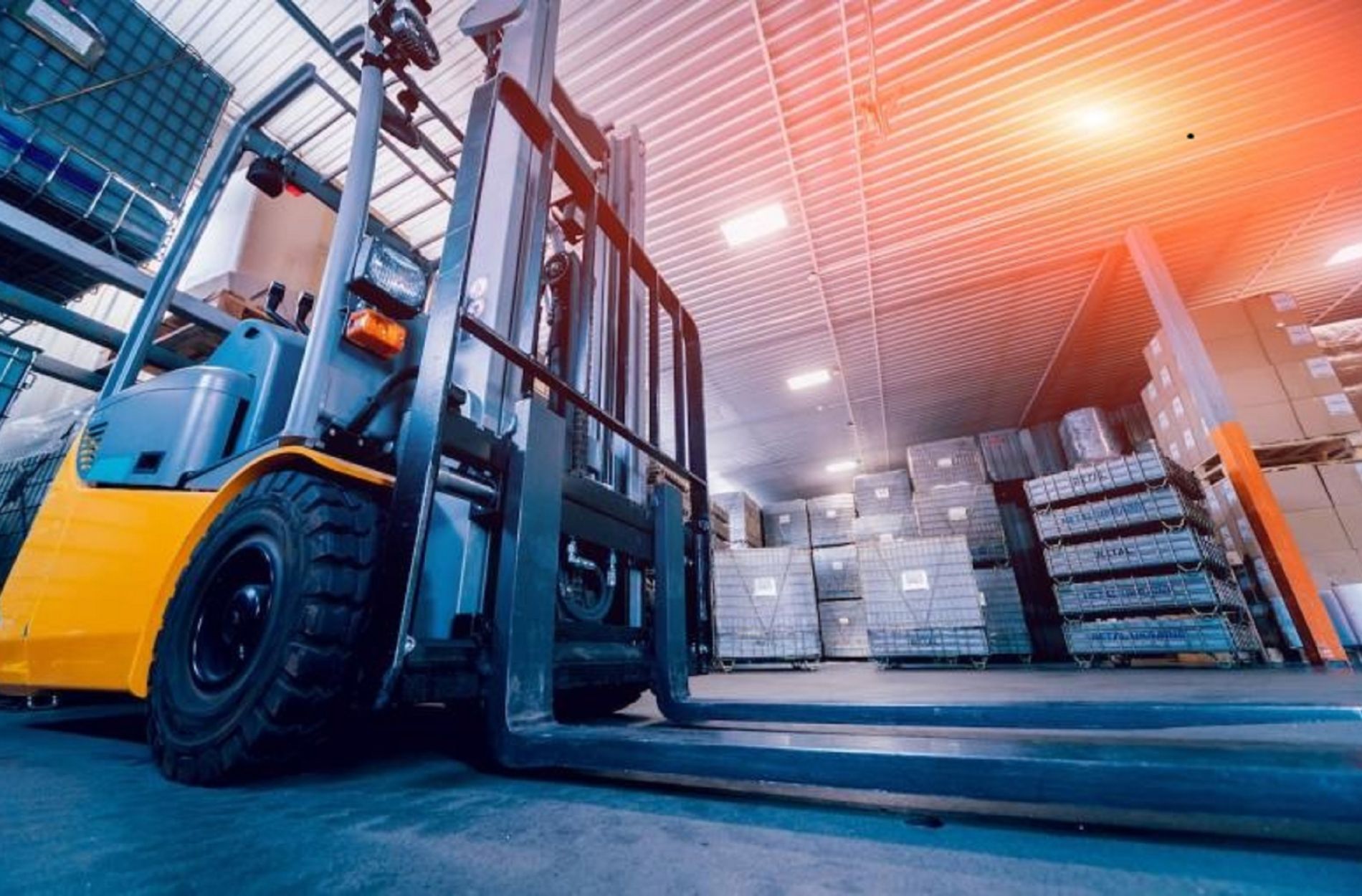
Everything You Need to Know Before Enrolling in Bus Driving School in Toronto
July 27, 2025
Top Tips for Passing the Ontario Boating License Test
August 10, 2025Best Practices for Forklift Operators During Training

Forklift operators play a key role in many workplaces, handling goods smoothly and safely. Forklift training helps new operators learn how to manage these machines effectively while ensuring workplace safety. As a new operator, learning the right habits can help you work safely and efficiently. This introduction gives an overview of what forklift training involves and outlines why abiding by best practices is critical for safety and productivity.
When you step into the world of forklift operations, remember that mastering the controls and following safety protocols are essential steps. Training covers a broad range of topics, from understanding how to handle the equipment to knowing how to work safely with others. By focusing on these fundamentals, you can build your confidence and skill set, ensuring a safer and more effective working environment.
Understanding Forklift Controls and Functions
Getting familiar with the controls of a forklift is one of the first steps in training. Each forklift may have slight variations, so it’s essential to know your specific equipment. Here are some basic controls you should know:
– Steering: Just like with a car, the steering wheel is in control. But remember, with most forklifts, the rear wheels do the steering.
– Hydraulic Lift: This includes controls for lifting and lowering the forks, as well as tilting the mast forward or backward.
– Brake: The brake is crucial for maintaining control, allowing the operator to slow down or stop as needed.
Gaining experience with these controls allows you to handle loads smoothly and prevent accidents. Spend time practicing the different functions to build confidence. Imagining the forks as an extension of your arms can help—you wouldn’t swing or drop something delicate, and with that mindset, you’ll navigate the forklift with similar care.
Another key aspect of understanding forklift functions is recognizing how they change based on the load. Practicing with varying weights and sizes helps you to skillfully adjust the machine’s balance and speed. Practice is important, so make time to use the forklift in different scenarios, ensuring that each new load feels less like a mystery and more like a familiar puzzle to solve. This hands-on practice is invaluable in building the capability to manage different tasks. As you become more accustomed to the controls, you’ll notice an improvement in your reaction times and precision, making your job safer and more effective.
Safety Precautions During Training
Safety should always be top of mind when operating a forklift. Protecting yourself and those around you starts with wearing the right gear. This includes a hard hat, safety glasses, steel-toed boots, and a high-visibility vest. These will help shield you from potential hazards you might encounter while on duty.
Equally, knowing the load limits of your forklift is vital for safe operation. Overloading can lead to loss of control, tips, or dropping the load, which can lead to serious accidents. Always check the weight capacity and ensure that your loads are balanced properly. Keep an eye on the center of gravity to ensure stability. Regularly scan your surroundings for any obstacles or changes in the environment’s condition that could become hazardous.
Effective Communication Skills
Communicating effectively while working with others is another critical part of forklift operations. Clear and concise communication ensures that everyone in the area is aware of your movements and intentions, reducing the risk of accidents.
– Use Hand Signals: When noise levels are high, using hand signals is a great way to ensure you can still communicate effectively. Make sure all team members are familiar with standard signals.
– Have a Communication Plan: Establish how frequently you should check in with others on site. This could be through walkie-talkies or direct, verbal communications where safe and feasible.
Practicing these skills regularly not only enhances safety but also boosts teamwork and efficiency on the floor.
Regular Maintenance Checks
Performing routine daily inspections of the forklift is essential to prevent malfunctions and accidents. Begin by checking the tires and forks for any wear and tear—look for cracks, punctures, or any deformations. The hydraulic system is another area to keep an eye on. Ensure there aren’t any leaks and that it’s functioning smoothly.
Conducting these checks daily and reporting any issues promptly is crucial in keeping the forklift in top condition. Immediate attention to detected problems minimizes downtime and supports safety measures, ensuring that both the equipment and operators remain in good working order.
Building Confidence Through Practice
Confidence comes from consistent practice and setting personal goals. Aim to regularly work on those areas where you seek improvement. This could involve working on tight turns, precise lifting, or learning to manage loads of varying sizes better.
Seek feedback from trainers or experienced colleagues. Constructive criticism can provide new perspectives and enhance skill development, turning challenges into mastery over time. As you refine your abilities, you’ll become more proficient and confident with every task.
Wrapping Up Your Forklift Training
Mastering forklift operations involves a balance of learning, practice, and adherence to safety protocols. By applying these practices, you’ll not only become a capable forklift operator but also contribute significantly to creating a secure and efficient workplace. Continue to challenge your skills and embrace new learning opportunities. This approach will enrich your experience and transform you into a more skilled professional.
Remember, every practice session, feedback, and routine inspection strengthens your capability as a forklift operator, paving the way to becoming proficient and confident in your roles and responsibilities.
To take your skills to the next level and ensure you’re fully prepared for the demands of the job, consider enrolling in forklift training offered by Sprint Driving School. Our comprehensive training program covers essential techniques and builds confidence in handling various scenarios. Equip yourself with the knowledge and skills to navigate your role more effectively and safely.

